Vintage Canada Edition, 1995
Copyright 1994 by Mordecai Richler Productions Limited
All rights reserved under International
and Pan-American Copyright Conventions.
Published in Canada in 1995 by Vintage Canada,
a division of Random House of Canada Limited, Toronto.
First published in hardcover in Canada by Alfred A. Knopf Canada, Toronto and
simultaneously in the United States by
Alfred A. Knopf Inc., New York, in 1994.
Distributed by Random House of Canada Limited, Toronto.
Canadian Cataloguing in Publication Data
Richler, Mordecai, 1931
This year in Jerusalem
eISBN: 978-0-307-36728-0
1. R ICHLER , M ORDECAI , 1931B IOGRAPHY
2. R ICHLER , M ORDECAI , 1931J OURNEYS I SRAEL
3. J EWISH -A RAB R ELATIONS 1949 4. I SRAEL H ISTORY
5. N OVELISTS , C ANADIAN (E NGLISH) 20 TH CENTURY B IOGRAPHY . I T ITLE
PS 8535.138 Z 53 1995 C 818.5403 C 95-931234-X
PR 99199.3. R .53 Z 47
Every reasonable effort has been made to trace ownership of copyright materials. Information enabling the publisher to rectify any reference or credit in future printings will be welcomed.
v3.1
A LSO BY M ORDECAI R ICHLEE
NOVELS
The Acrobats
A Choice of Enemies
Son of a Smaller Hero
The Apprenticeship of Duddy Kravitz
The Incomparable Atuk (Stick Your Neck Out)
Cocksure
St. Urbains Horseman
Joshua Then and Now
Solomon Gurksy Was Here
STORIES
The Street
ESSAYS
Hunting Tigers Under Glass
Shovelling Trouble
Home Sweet Home: My Canadian Album
Broadsides
CHILDRENS BOOKS
Jacob Two-Two Meets the Hooded Fang
Jacob Two-Two and the Dinosaur
ANTHOLOGIES
The Best of Modern Humor
Writers on World War II
NON-FICTION
Oh Canada! Oh Quebec!
F OR E ZRA L IFSHITZ ,
S OL AND F AYGE C OHEN ,
MY COUSIN B ENJY ,
AND THE OTHERS WHO
MADE ALIYAH
For two thousand years our people dreamed. For two thousand years Jews remembered Zion and prayed for deliverance. In song, in prose, in their hearts and thoughts, Jews kept alive the dream of the Return to Zion and the dream kept them alive. For two thousand years Jews piously hoped that the Return would take place quickly in our time.
It has happened and is happening in our time. Ours will be the time written of, sung about, talked about as long as the Jewish people will live. Ours will be the generation of the Third Temple.
How fortunate we all are! How happy we all are!We call upon all Jewish youth in America, but upon the members of Habonim first and foremost. Let us rise and accept the challenge of history! Ours is the chosen generation! We dare to believe that a new code of ethics will blaze forth from Zion, a new life based on the principles of equality and social justice, the code of the prophets themselves.
The new Eretz Israel calls upon us. Let us go and rebuild Zion. Our help, our support, our selves are needed.
Let us arise and build!
Resolution published by
Habonims National Executive Committee,
November 1947
I would much rather see reasonable agreement with the Arabs on the basis of living together in peace than the creation of a Jewish state my awareness of the essential nature of Judaism resists the idea of a Jewish state with borders, an army and a measure of temporal power, no matter how modest. I am afraid of the inner damage Judaism will suffer especially from the development of a narrow nationalism within our own ranks.
Albert Einstein, 1938
Contents
 One
One
I N 1944, I WAS AWARE OP THREE YOUTH GROUPS committed to the compelling idea of an independent Jewish state: Hashomer Hatzair (The Young Guard), Young Judaea, and Habonim (The Builders).
Hashomer Hatzair was resolutely Marxist. According to intriguing reports I had heard, it was the custom, on their kibbutzim already established in Palestine, for boys and girls under the age of eighteen to shower together. Hashomer Hatzair members in Montreal included a boy I shall call Shloime Schneiderman, a high-school classmate of mine. In 1944, when we were still in the eighth grade, Shloime enjoyed a brief celebrity after his photograph appeared on the front page of the Montreal Herald. Following a two-cent rise in the price of chocolate bars, he had been a leader in a demonstration, holding high a placard that read: DOWN WITH THE 7 CHOCOLATE BAR . Hashomer Hatzair members wore uniforms at their meetings: blue shirts and neckerchiefs. They had real court martials, wrote Marion Magid in a memoir about her days in Habonim Whereas, in my experience, the sweetly scented girls who belonged to Young Judaea favored pearls and cashmere twinsets. They lived on leafy streets in the suburb of Outremont, in detached cottages that had heated bathroom towel racks, basement playrooms, and a plaque hanging on the wall behind the wet bar testifying to the number of trees their parents had paid to have planted in Eretz Yisrael, the land of Israel.
I joined Habonim the youth group of a Zionist political party, rooted in socialist doctrine shortly after my bar mitz-vah, during my first year at Baron Byng High School. I had been recruited by a Room 41 classmate whom I shall call Jerry Greenfeld.
Jerry seemed blessed. Only a few months older than I was, he already had to shave every day. Rubbing his jaw as he shot out of school late in the afternoon, bound for an hour or two of snooker at the Mount Royal Billiards Academy, he would wink and say, Four oclock shadow, and I would burn with envy. School days he usually wore a sharkskin windbreaker with JERRY embossed in gold letters across his broad back and a hockey-team crest over his heart. Jerry appeared effortlessly gifted in all those pursuits in which I longed, unavailingly, to shine. He had fought in the Golden Gloves for the YMHA, eliminated in a semifinal bout against an Irish boy out of Griffintown only because, he explained, the referee was an obvious anti-Semite. He was a high scorer on our school basketball team. He also pitched for a baseball team that actually wore uniforms the North End Maccabees, sponsored by a local scrap dealer. At the occasional late-afternoon tea dance in our school gym, Jerry, his manner breezy, could entice pretty girls in grade ten, maybe three years older than he was, to jitterbug with him. His mother had died when he was six years old and his father didnt care what time he came home. Saturday nights he would strut down St. Urbain Street, wearing a one-button roll jacket, and trousers rakishly pegged, if not quite zoot. If he condescended to stop at the corner of Fairmount Street, immediately outside Wilenskys store, where we used to hang out, he might grant us a peek at the condom he kept in his wallet. Just in case, hed say.
One day Jerry approached me in the schoolyard and asked, Can you help me out this Saturday aft?
Sure. How?
You own a baseball mitt?
Sure.
Starting that Saturday afternoon, Jerry allowed me to catch for him in the lane behind our cold-water flat as he worked on his fastball, low and just nibbling the outside of the plate, which he assumed would one day attract the attention of Labish Lefty Mandelcorn. Labish had survived a season playing left field for a Class C team in the Carolinas, and had a photograph of himself and several other players chatting with Connie Mack. If not for his asthma, he would have made the majors. Never without his pencil, its end chewed out, a spiral notebook, and his wrinkled brown bag of sunflower seeds, he now claimed to be a local scout for the Brooklyn Dodgers, parent team of our Montreal Royals of the Triple A International League. It was on his recommendation, he said, that two indigenous French Canadian infielders, Roland Gladu and Stan Brard, had been signed by the Royals. But I had my suspicions. He often dropped the name Branch, and I had read in Dink Carrolls column in the Montreal


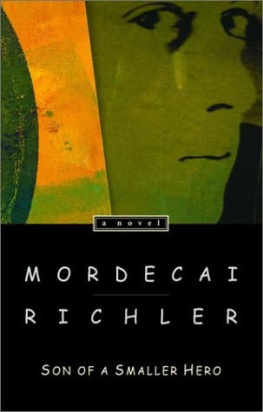
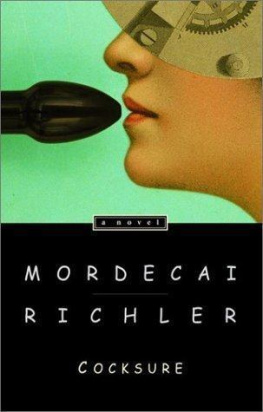
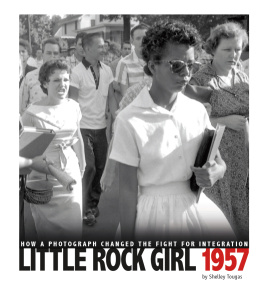
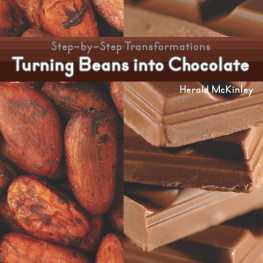

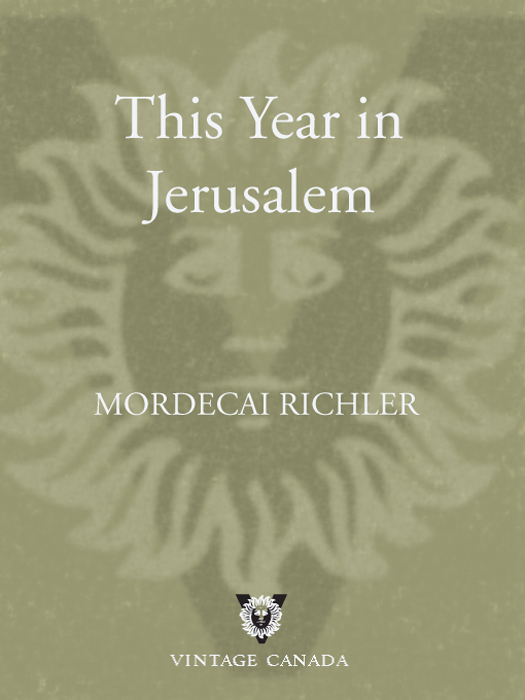
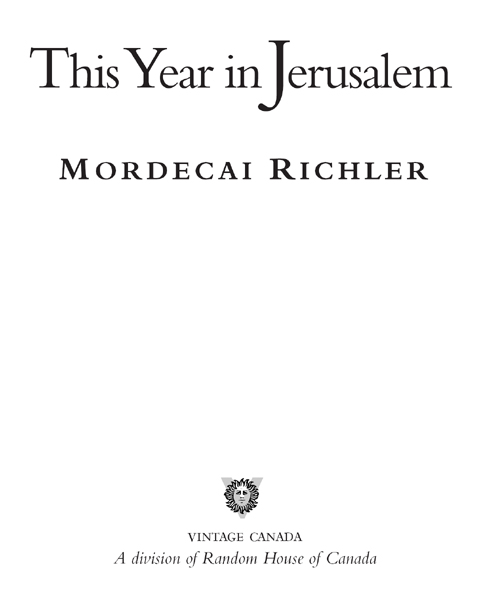
 One
One